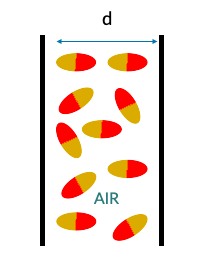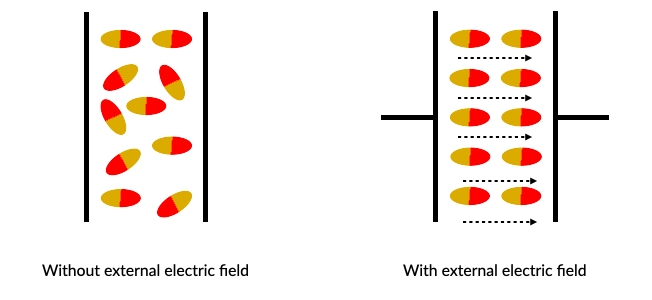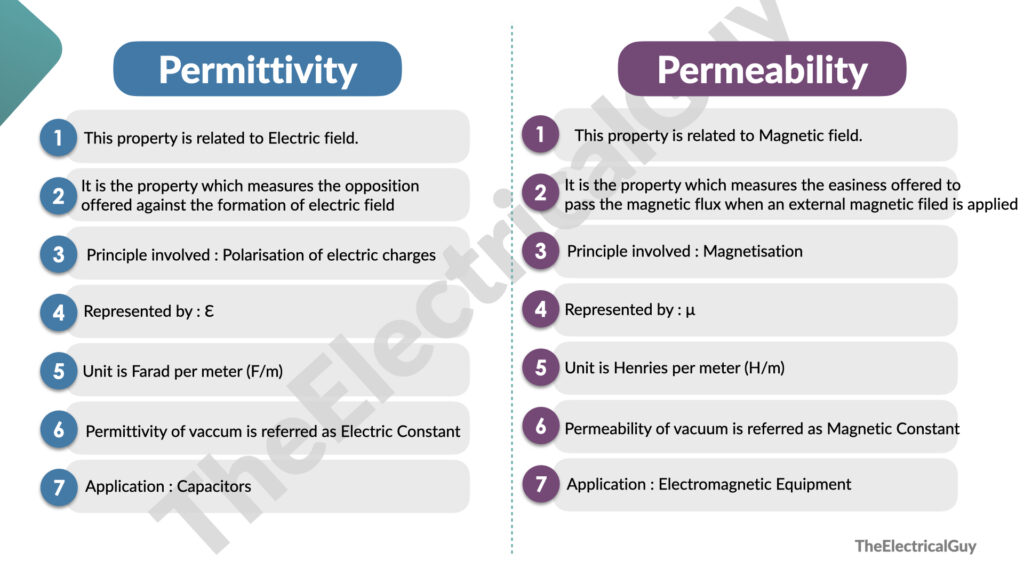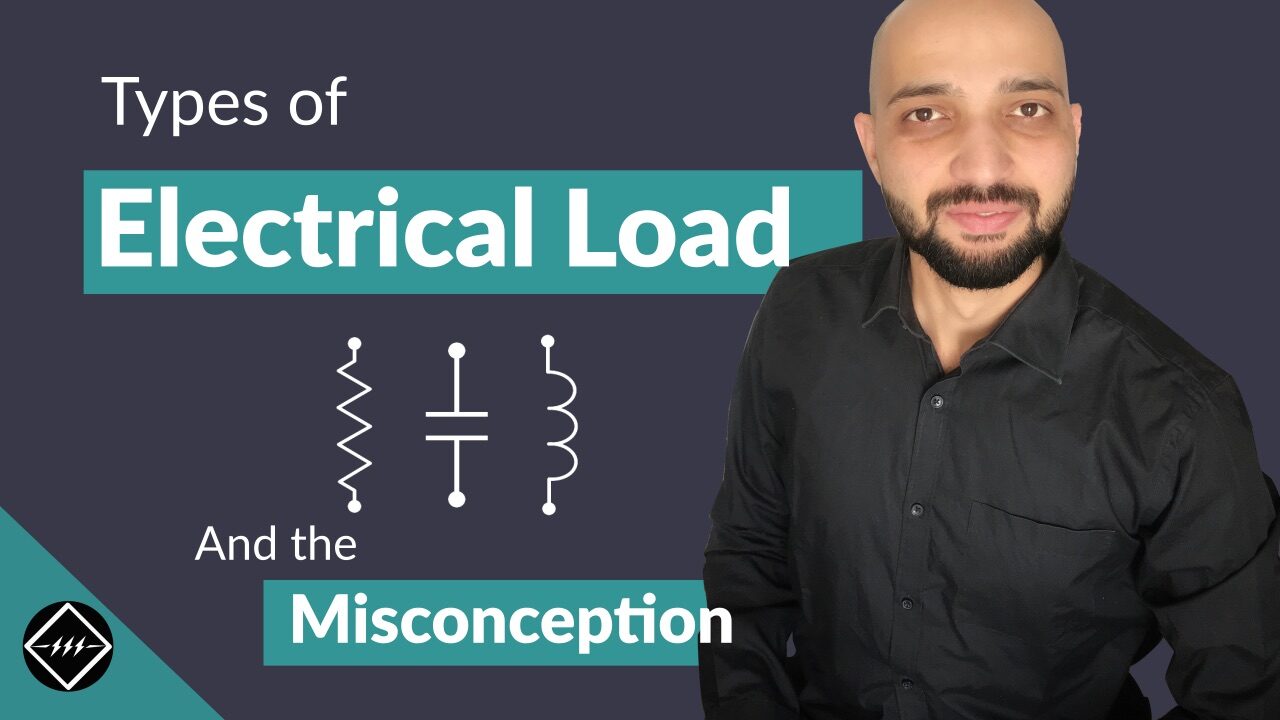Permittivity vs Permeability | The 7 Differences
Permittivity vs Permeability | The 7 Differences https://www.theelectricalguy.in/wp-content/themes/corpus/images/empty/thumbnail.jpg 150 150 Gaurav J Gaurav J https://secure.gravatar.com/avatar/87a2d2e0182faacb2e003da0504ad293?s=96&d=mm&r=gPermittivity and permeability both plays a really important role in electrical engineering. And in this tutorial, we’ll be looking at 7 difference between permittivity & permeability. So, Let’s Start
Recommended Readings before moving on:
Difference 1
As we know, both are the properties of medium or material. But, there is one big difference. When we say, permittivity, it is related to the electric field. And when we say permeability, it is related to magnetic field.
Just to brief you, electric filed is produced by electric charge. For instance, a conductor carrying current will produce electric field. And magnetic field is created by magnets or something magnetic.
| Permittivity | Related to Electric Field |
| Permeability | Related to Magnetic field |
Difference 2
Permittivity is the property which measures the opposition offered against the formation of electric field.
So, when we say permittivity of air, then we measure the opposition air offered to an external electric field.
Permeability is the property which measures the easiness offered to pass the magnetic flux when an external magnetic filed is applied.
When we say, permeability of let’s say iron. Then we measure the easiness offered by the iron to magnetic flux to pass through it under external magnetic field.
So, if you see, permittivity talks about the opposition and permeability talks about the easiness. It can be little confusing, but if you understood the concept, it’s easy to remember.
| Permittivity | It is the property which measures the opposition offered against the formation of electric field |
| Permeability | It is the property which measures the easiness offered to pass the magnetic flux when an external magnetic filed is applied |
Difference 3
Now, in permittivity, the principle involved is called as polarisation of electric charges. Let me explain what is polarisability in brief.

Let’s consider we have two plates, separated by distance “d” as shown above. Between, these two plates there is a medium, which is air. Now, of course, in between these plates there are molecules present.
Now, normally these molecules are aligned randomly in the plates, as shown. The magic starts when we apply an electric filed to these plates. So, let’s apply an external electric field to these plates.

The moment we apply external electric field, these molecules aling themselves in a better way. And because of that, their dipole moment produces its own electric field. And this electric field resists the external electric field that we have applied. In other words, the electric field created by the dipole moments acts in the opposite direction of the external electric field.
This process in which the molecules aling themselves when an external electric field is applied is what we call as “polarisability”.
And this is the principle involved in permittivity. Which we have already seen in detail in our permittivity video.
Now, when we talk about permeability, the principle involved is magnetisation or magnetic polarisation. In simple language, this is the procedure in which the material becomes magnetised. So, when we bring in the piece of iron in magnetic filed, it becomes magnetised and hence gets attracted towards the magnet.
| Permittivity | Principle involved : Polarisation of electric charges |
| Permeability | Principle involved : Magnetisation |
Difference 4
| Permittivity | Represented by : Ɛ |
| Permeability | Represented by : μ |
Difference 5
| Permittivity | Unit is Farad per meter (F/m) |
| Permeability | Unit is Henries per meter (H/m) |
Difference 6
Permittivity of vaccum is referred as “Electric Constant”. Whereas, permeability of vacuum is referred as “Magnetic Constant”.
Vaccum has least amount of permittivity and permeability.
Difference 7
Let’s talk about the applications.
Permittivity plays a really important role in determining the capacitance of a capacitor. Capacitance of a parallel plate capacitor is given by this formula.
C = Ɛ x A/d
Where,
A is the area of one plate
d is the distance between two plates
Ɛ is the permittivity of the medium between the two plates
So, clearly as you can see, permittivity directly affects the capacitance value.
Whereas, Permeability plays a very important role in electromagnetic equipment like inductors, transformers etc.. And also, we can classify material magnetically based on their permeabilities.
Summary

Gaurav J
Electrical Engineer. Content Creator. Currently working with a High & Extra High Voltage Switchgear Industry.
All stories by: Gaurav J


